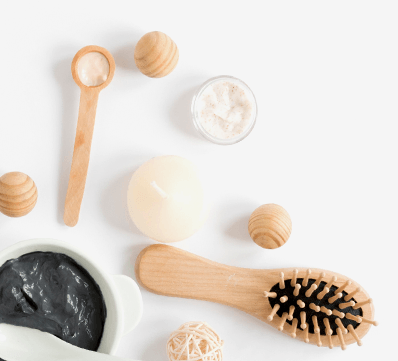
Prenatal massage is designed specifically for pregnant women to alleviate common discomforts associated with pregnancy, such as back pain, swelling, and stress. This type of massage focuses on enhancing the well-being of both the mother and the baby by promoting relaxation, improving circulation, and reducing muscle tension.
Procedure
-
Consultation:
- Discuss your pregnancy stage, health history, and any specific concerns or areas of discomfort with the therapist.
-
Preparation:
- Wear loose, comfortable clothing, or disrobe to your comfort level and lie on the massage table. Pillows and bolsters are used to support your body, ensuring comfort and safety.
-
Positioning:
- During the massage, you may lie on your side or in a semi-reclined position, depending on your stage of pregnancy and comfort. Specially designed pregnancy pillows and bolsters are used to provide additional support.
-
Gentle Techniques:
- The therapist uses gentle, soothing strokes to avoid putting pressure on sensitive areas. Techniques are adapted to focus on areas commonly affected by pregnancy, such as the lower back, hips, legs, and shoulders.
-
Focus on Problem Areas:
- The therapist may concentrate on specific areas of tension or discomfort, using techniques to reduce muscle soreness and improve circulation. Light to medium pressure is typically used to ensure safety and comfort.
-
Avoiding Certain Areas:
- The therapist avoids deep tissue techniques and certain pressure points that could stimulate contractions or discomfort. Care is taken to avoid the abdomen and any other areas that could be sensitive.
-
Cool-down:
- The session may end with gentle, calming strokes to promote relaxation and overall well-being.
-
Post-Massage Advice:
- After the massage, the therapist may provide tips for self-care, such as staying hydrated, practicing gentle stretches, and maintaining proper posture. They may also offer guidance on safe practices for continuing massage therapy throughout pregnancy.
© 2025 Garnet Royal Spa . All Rights Reserved.


